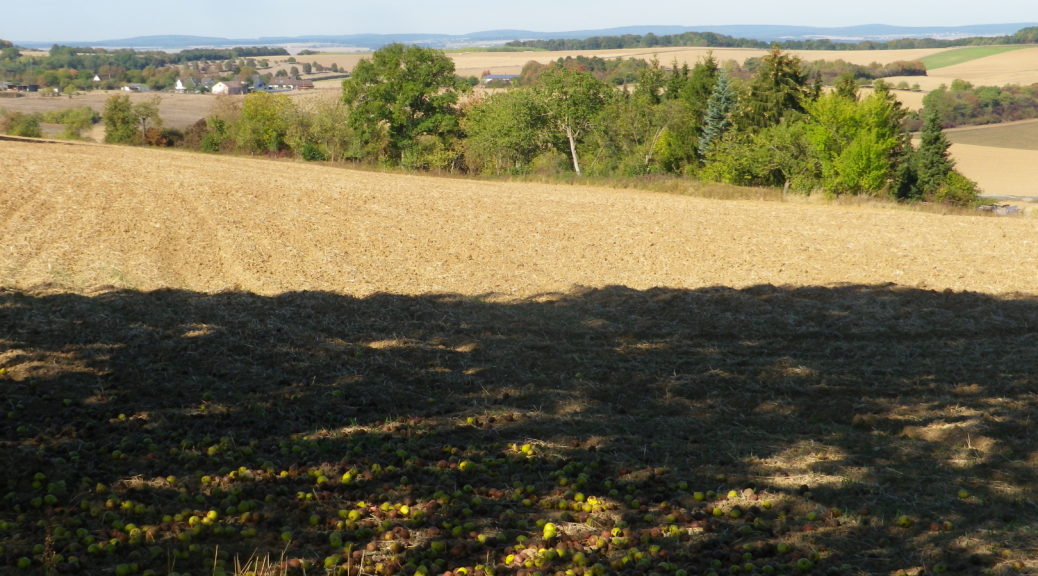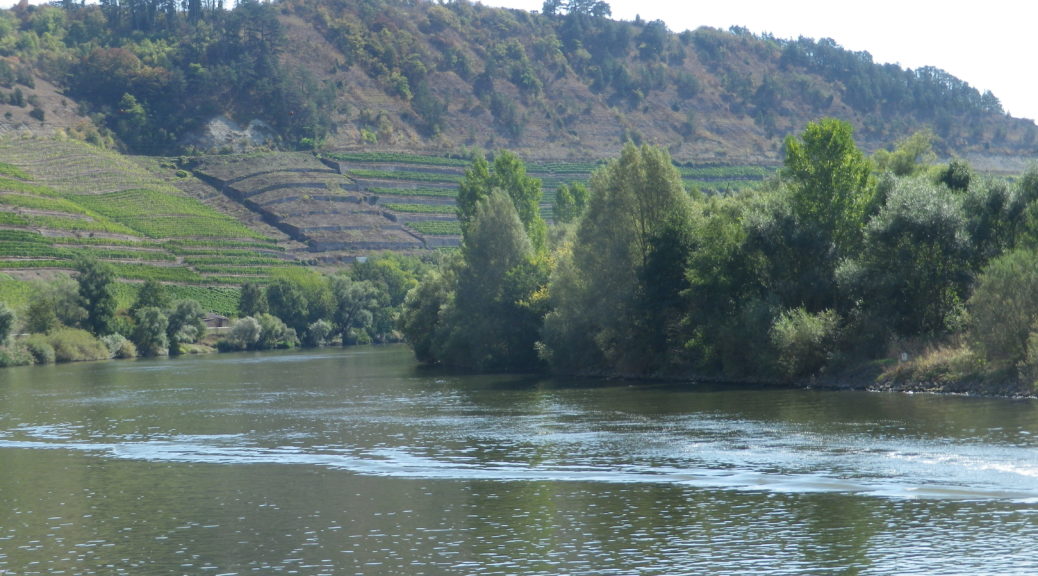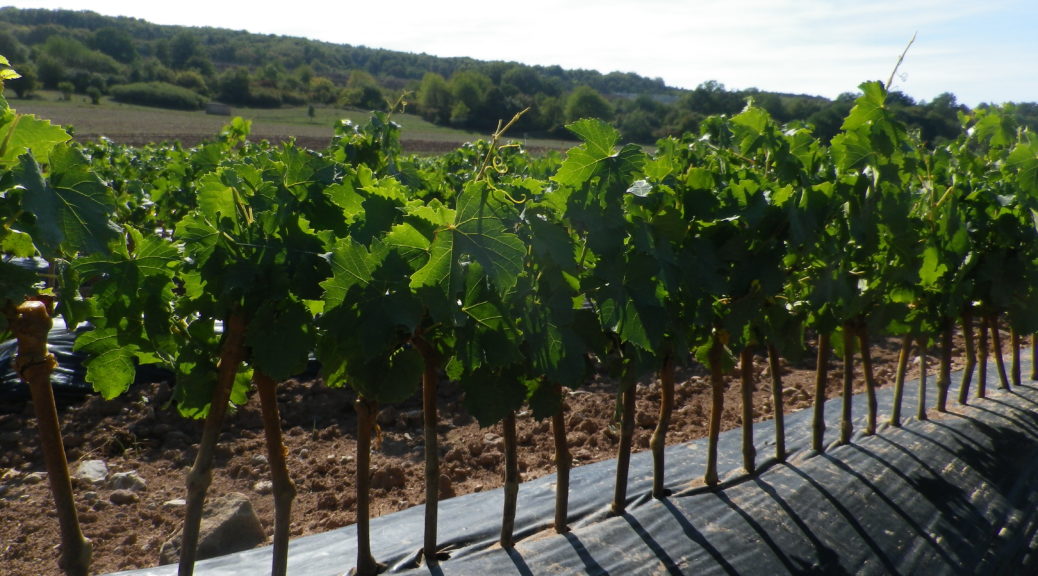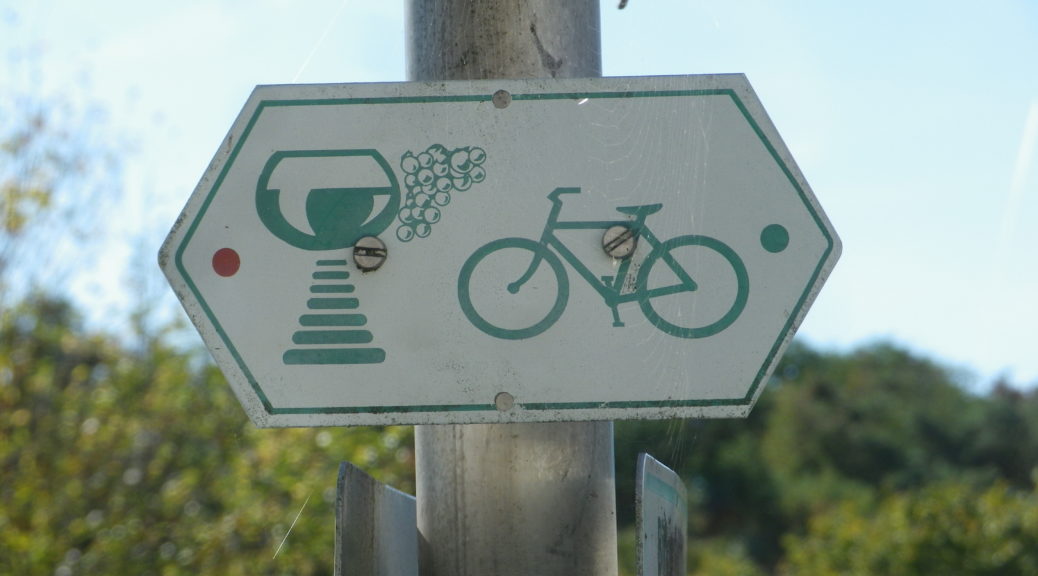Monthly Archives: November 2023
Two States of Mind
Forty-five kilometers by bicycle through two wine regions, on a late September day with beautiful weather, on an easy itinerary in a quiet spot between Bavaria and Baden-Wuerttemberg – two different wine districts in two different wine regions. No wonder I was enjoying myself!
Neither Bavaria nor Baden-Wuerttemberg are wine regions, per se. Rather, the Franconian Wine Region’s Mainviereck wine district lies in this distant corner of Bavaria. Baden-Wuerttemberg (a political creation post-WWII, amalgamating the states of Baden and Wuerttemberg) both have wine regions named after them individually. Here, the vineyards belong to Baden’s Tauberfranken wine district.
Beginning in Bavaria, in Uettlingen, the trail proceeded through fields of wheat, slightly uphill, through and beyond the neighboring village of Remlingen, with its attractive church, reaching Tiefenthal through shady copses. At this point, the trail began to follow along the Erlenbach Creek, and for the remainder of the circuit, the trail followed waterways, with vineyards ranged along slopes rising above them.
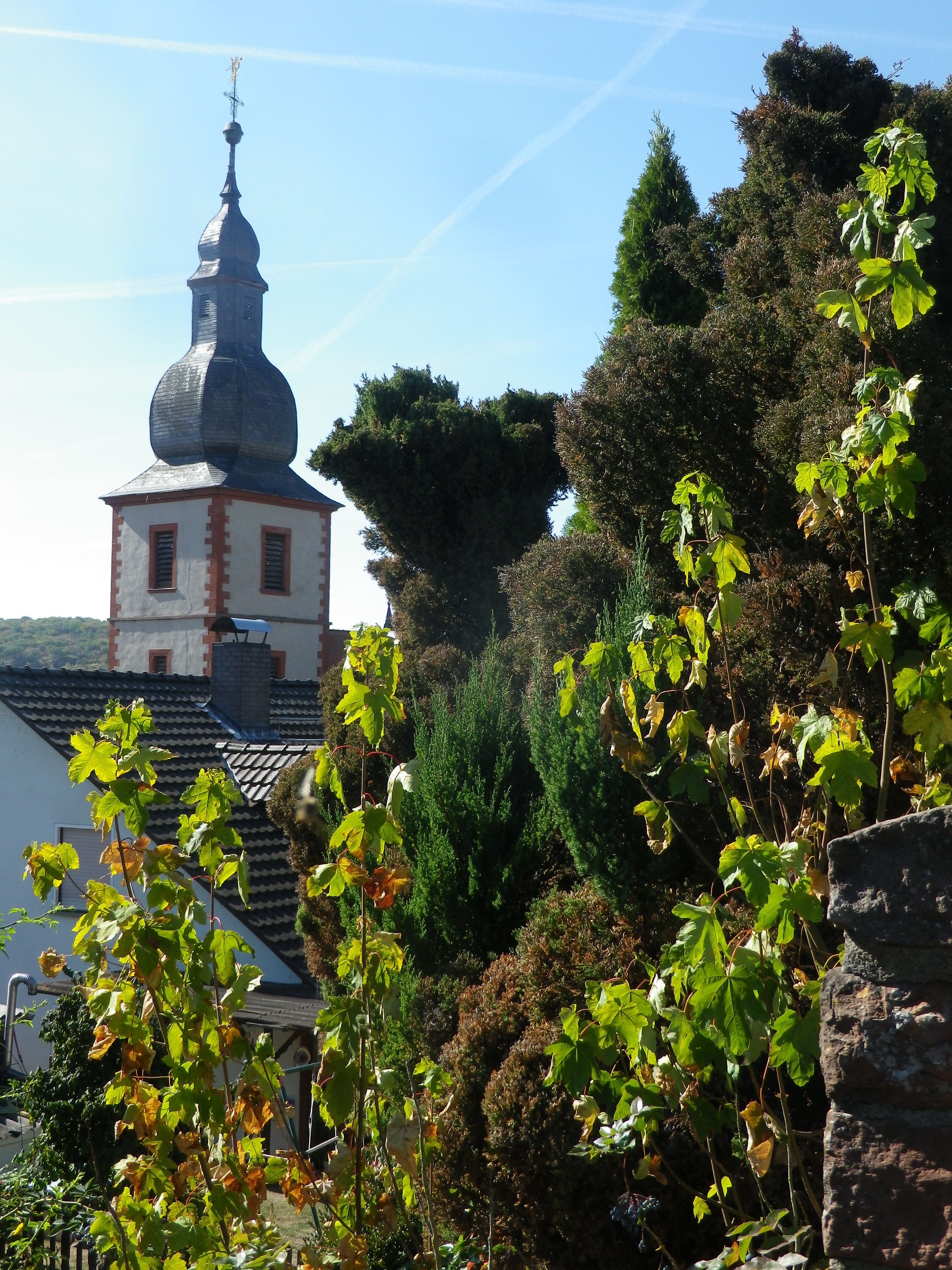
The Erlenbach Creek continued northwest, in its quest to join the Main River. But the trail diverged, leading into the delightful old town of Marktheidenfeld. Its historic center has its narrow lanes flanked by an architectural smorgasbord. (The Franck House is particularly interesting example of baroque architecture.) Museums, pubs, restaurants, and the lovely park along the Main, invite cyclists to stop and visit.
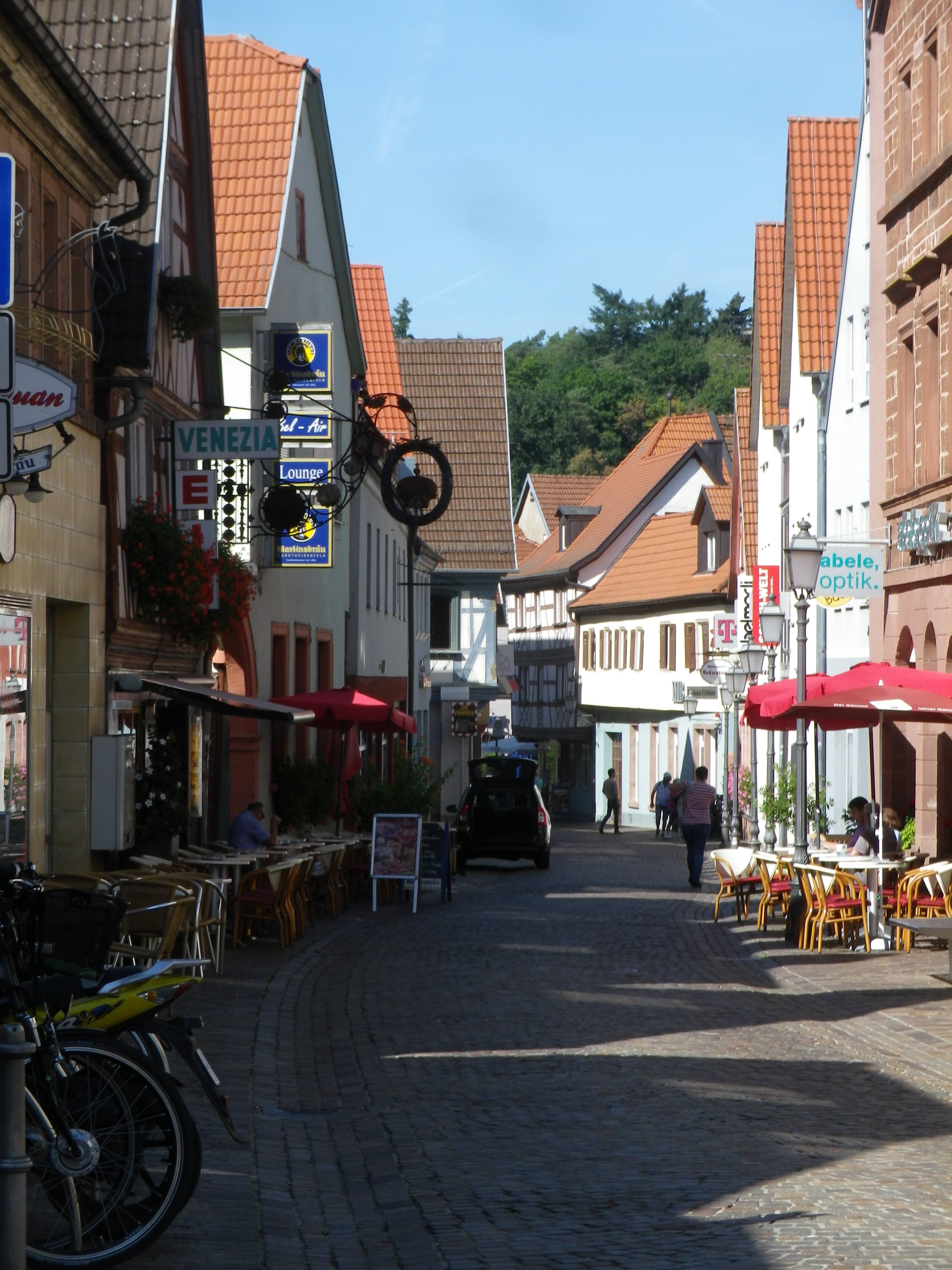
In Marktheidenfeld, the trail met up with one of my old favorites, the Mainradweg. This is a 600 km long itinerary following mostly along the river, and much of it is on dedicated bicycle path! So, I happily followed it south (downriver), crossing the Erlenbach where it joined the Main, enjoying the beauty and impeccable trail surface for quite some time. (Germany has some of the best bicycle paths in the entire world (IMHO)!)
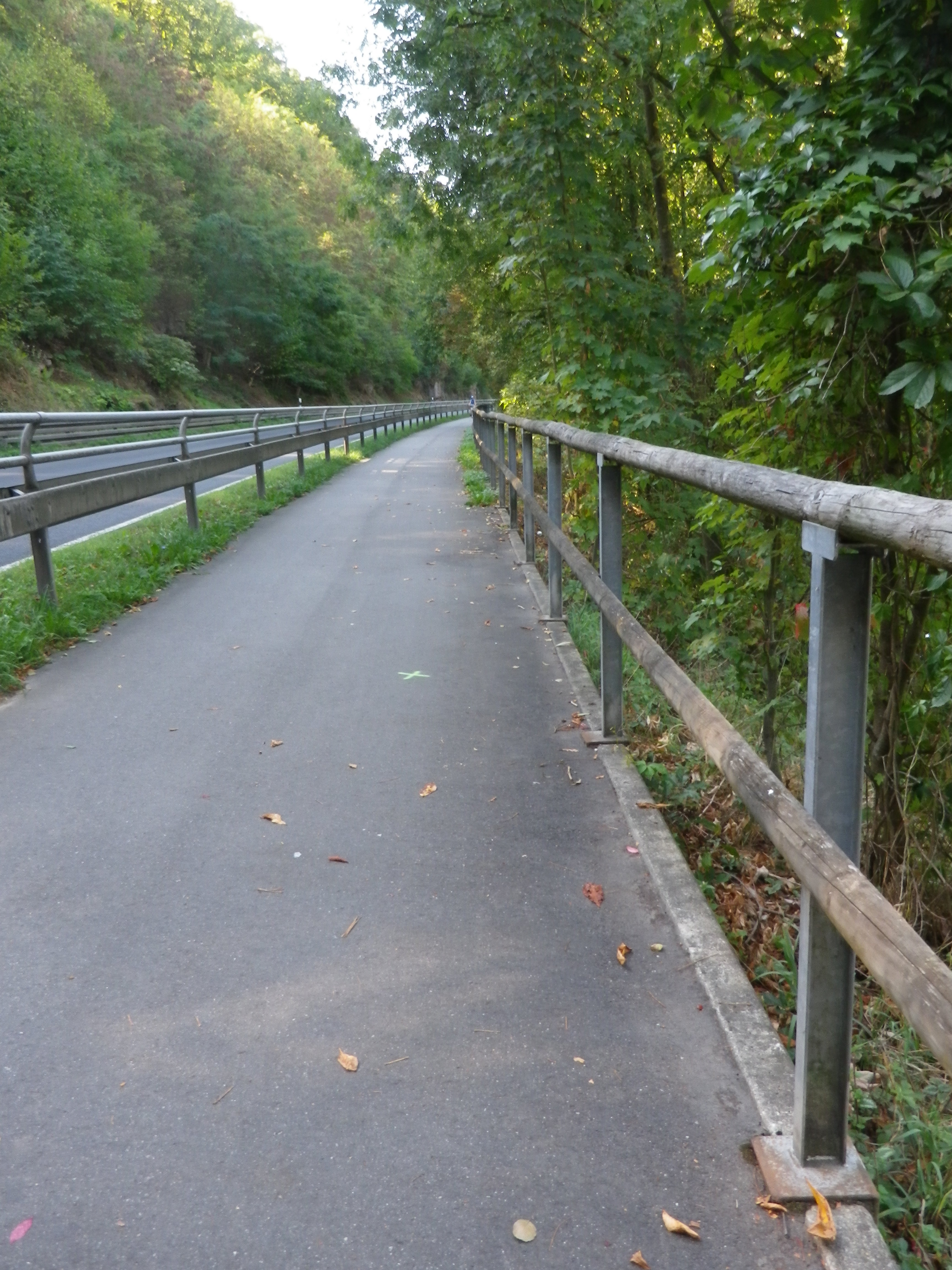
This very easy section of the itinerary would end, of course, but in the meantime, there are the sights and sounds of the river, from day boaters to small cruise ships, castles and monasteries on not-to-distant hilltops, and all sorts of waterfowl and fish, all enjoying the day.
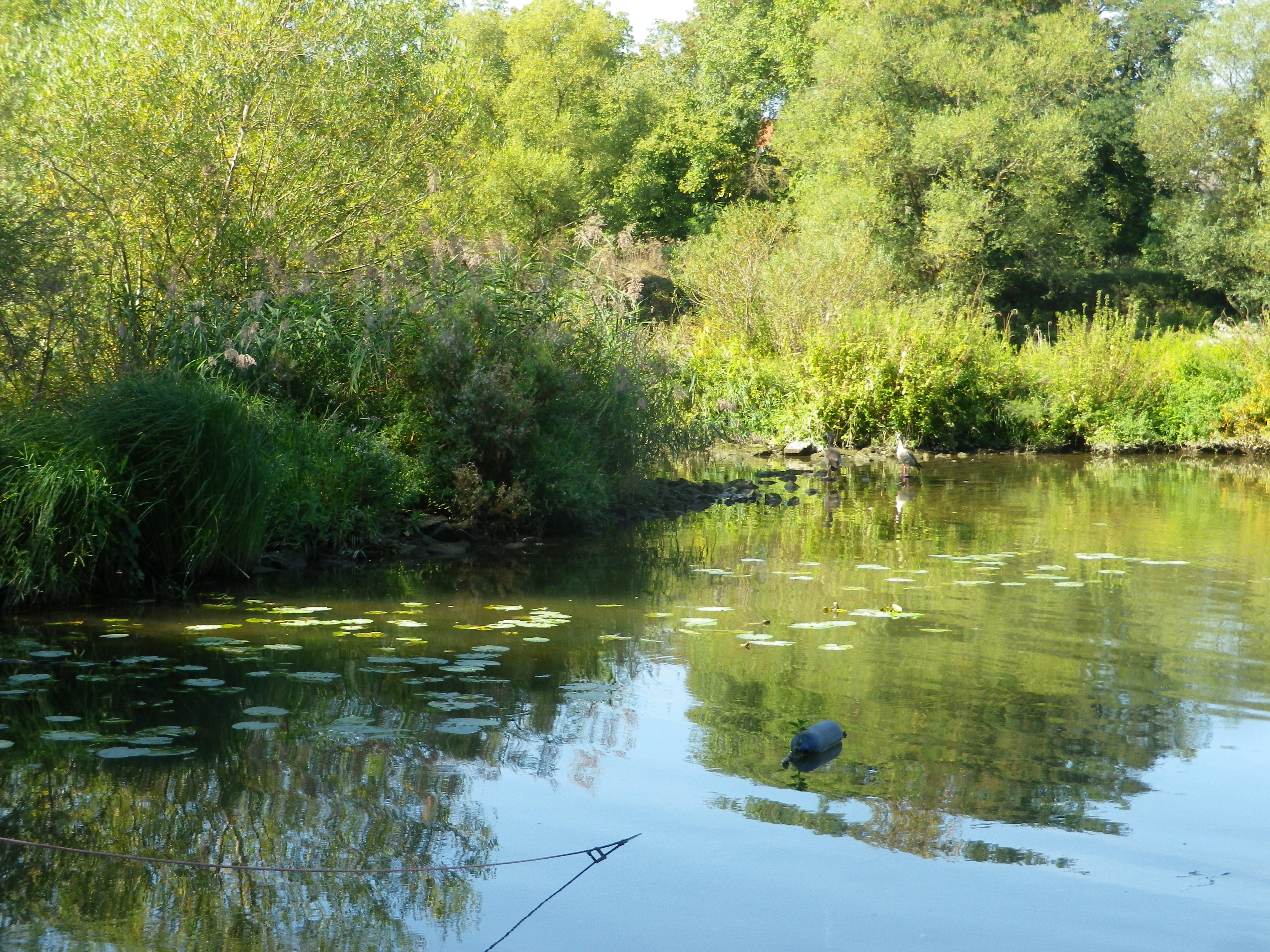
The trail soon reached Lengfurt and Homburg am Main, two villages with famous vineyards. One, the Lengfurter Oberrot, could be compared to a French Premier Cru, and the Homburg vineyard, the Kallmuth, is comparable to a Grand Cru. Wine here is serious business and has been since medieval times. A medieval monastery stands high atop the bank opposite Lengfurt, and a castle, the monastery’s political/military counterpart, sits atop the river bank in Homburg. (Find those combinations in European wine country, and good vineyards making good wine are usually close by.)
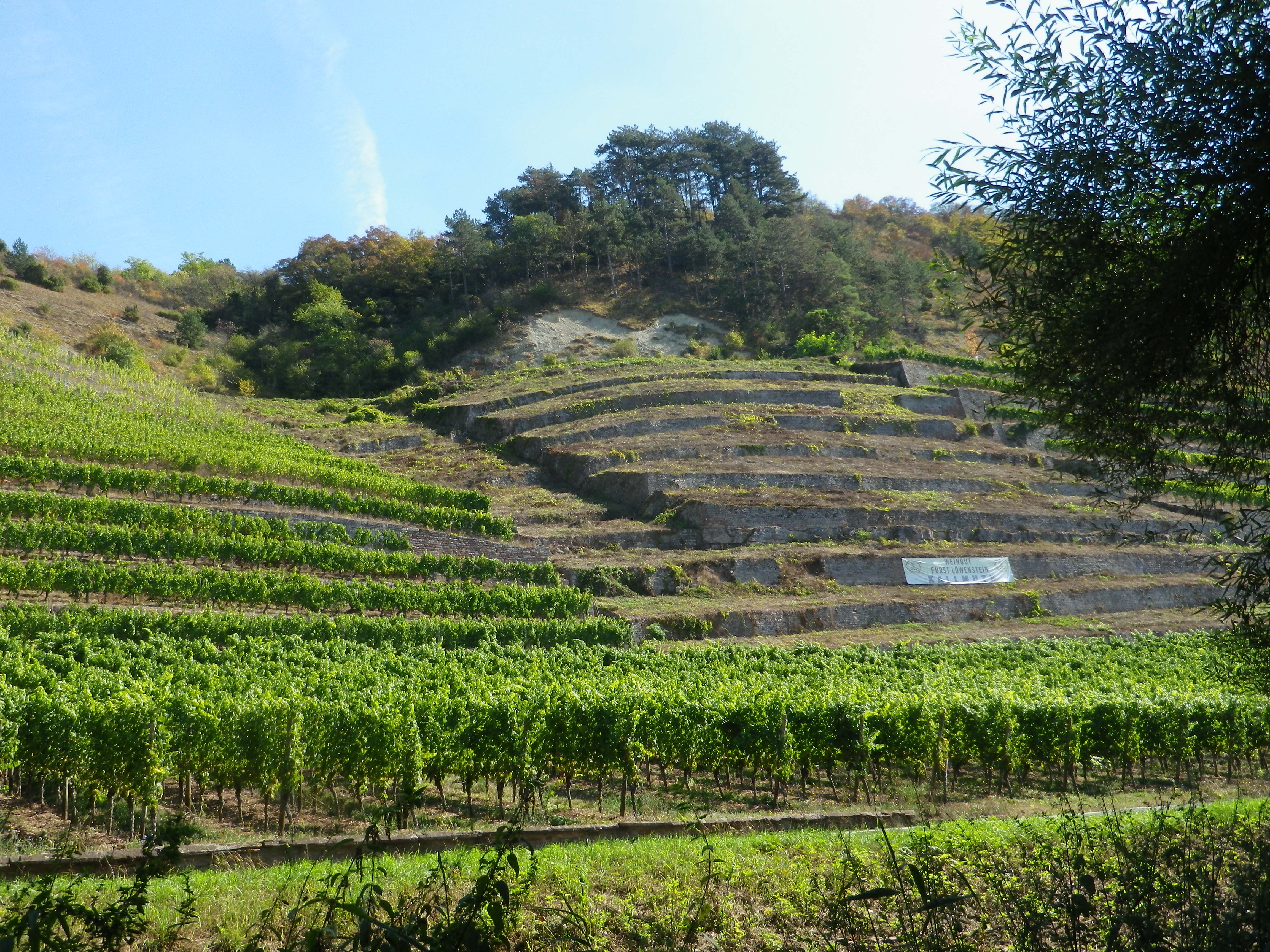
The Main is famous for its loops. The next village, Bettingen, marks the start of a narrow one, which would be less than 2000 feet/500 meters, from one side of the “peninsula” to the other. But before that, the trail crossed from Bavaria (usually more famous for its beer than its wine) into Baden-Wuerttemberg (more famous for its wine (which is hard to find outside Germany), and less famous for its beer). At Bettingen, the trail leaves the river, and climbs uphill, and traverses the highway on a pedestrian bridge, to Wertheim Village, a famous factory outlet “village”.
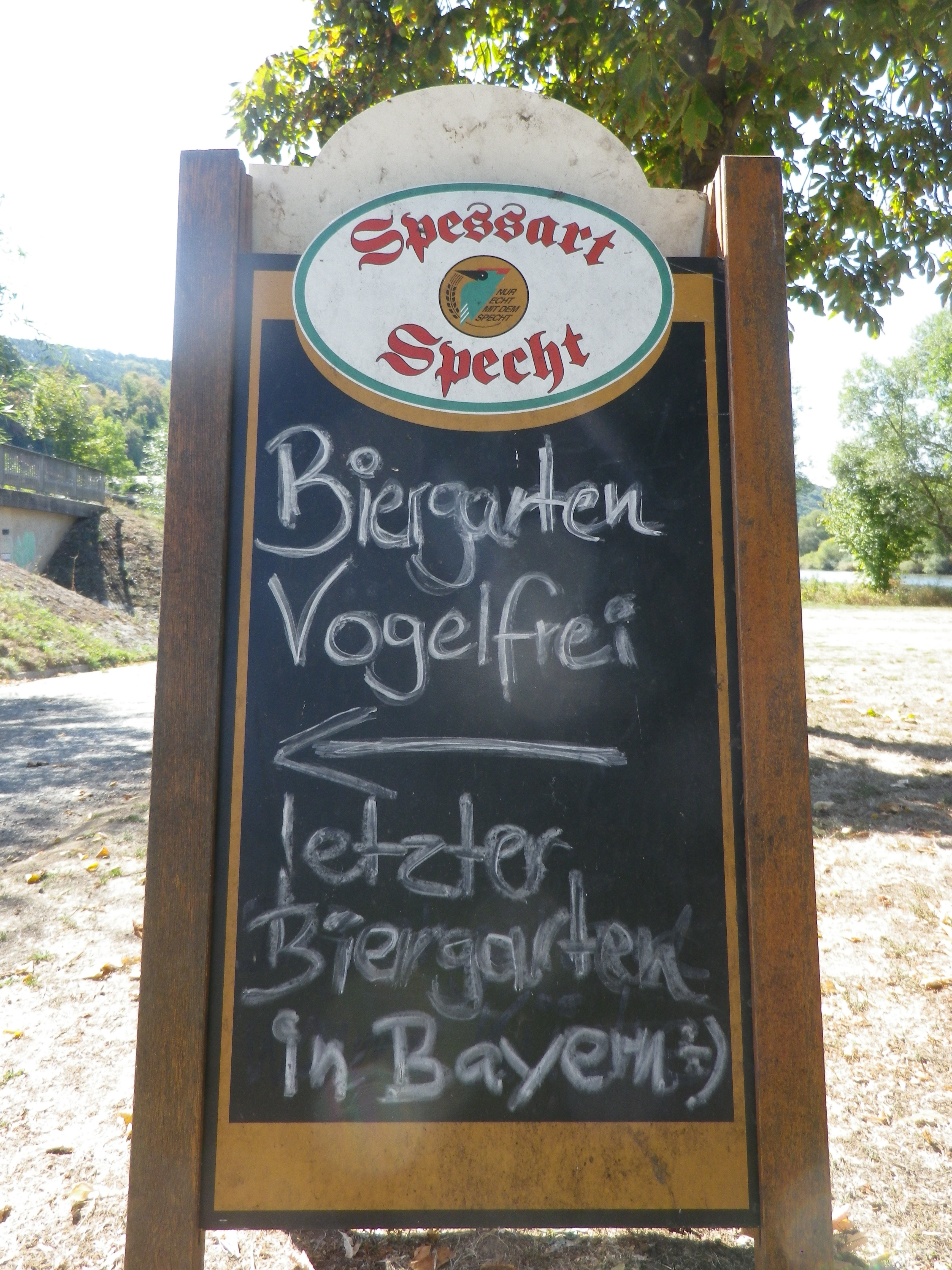
Cycling from the Main, high on a plateau, the trail lead through Baden’s Tauberfranken vineyards, interspersed with fields and forests. The trail followed a little creek upstream, leading to one of the last surprises of this itinerary: a huge monastic complex in the tiny village of Holzkirchen. Now, a center for meditation and mindfulness, it was set against a backdrop of deep forest green and quiet gardens, with the little Aalbach creek gently trickling by.
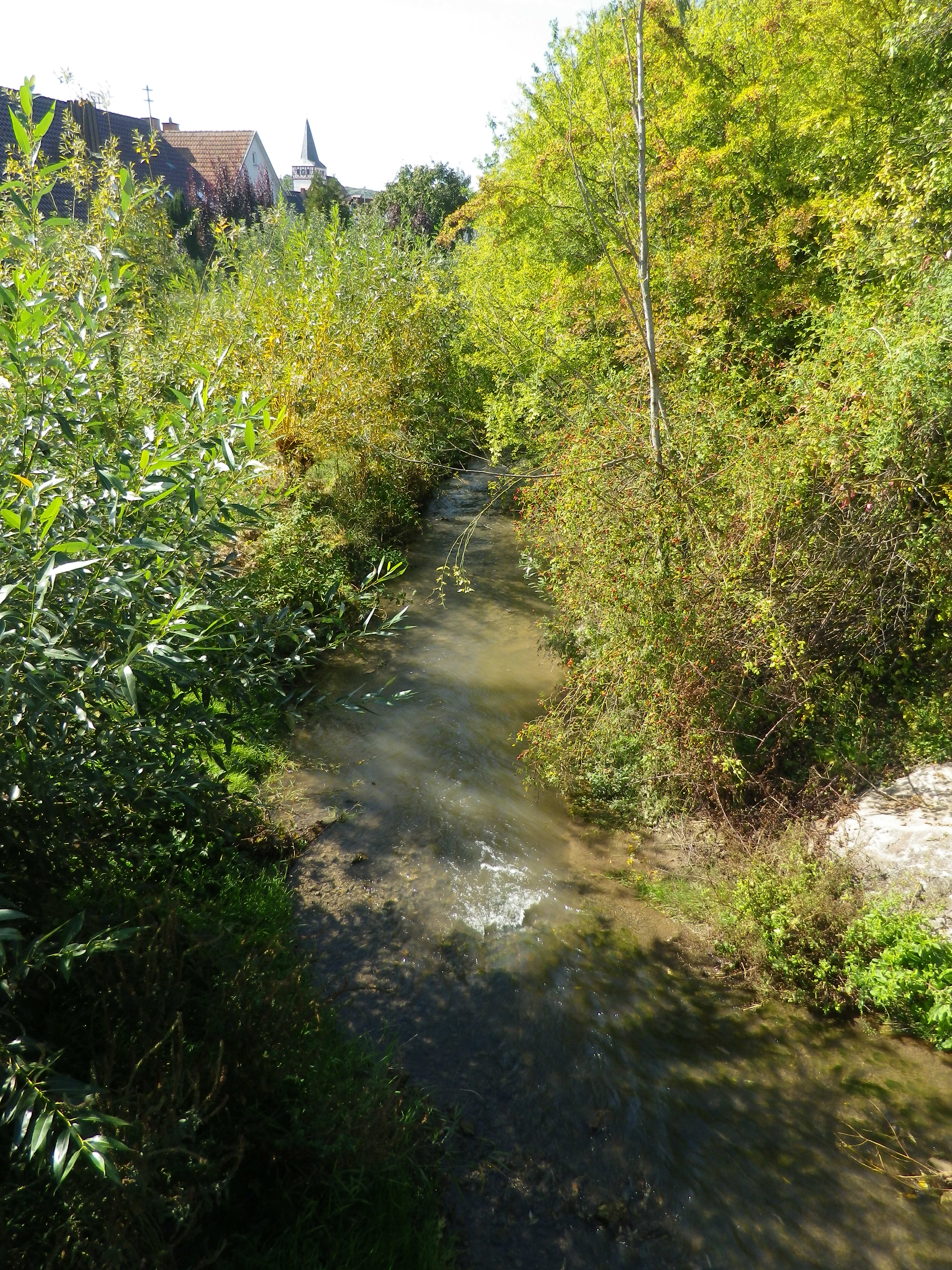
On the way back to the start, through a still forest on a soft trail, I realized the dichotomous aspects of the experiences along this trail: of two wine regions, of water and land, of diverse political and religious communities, unified by the Zen of it all.
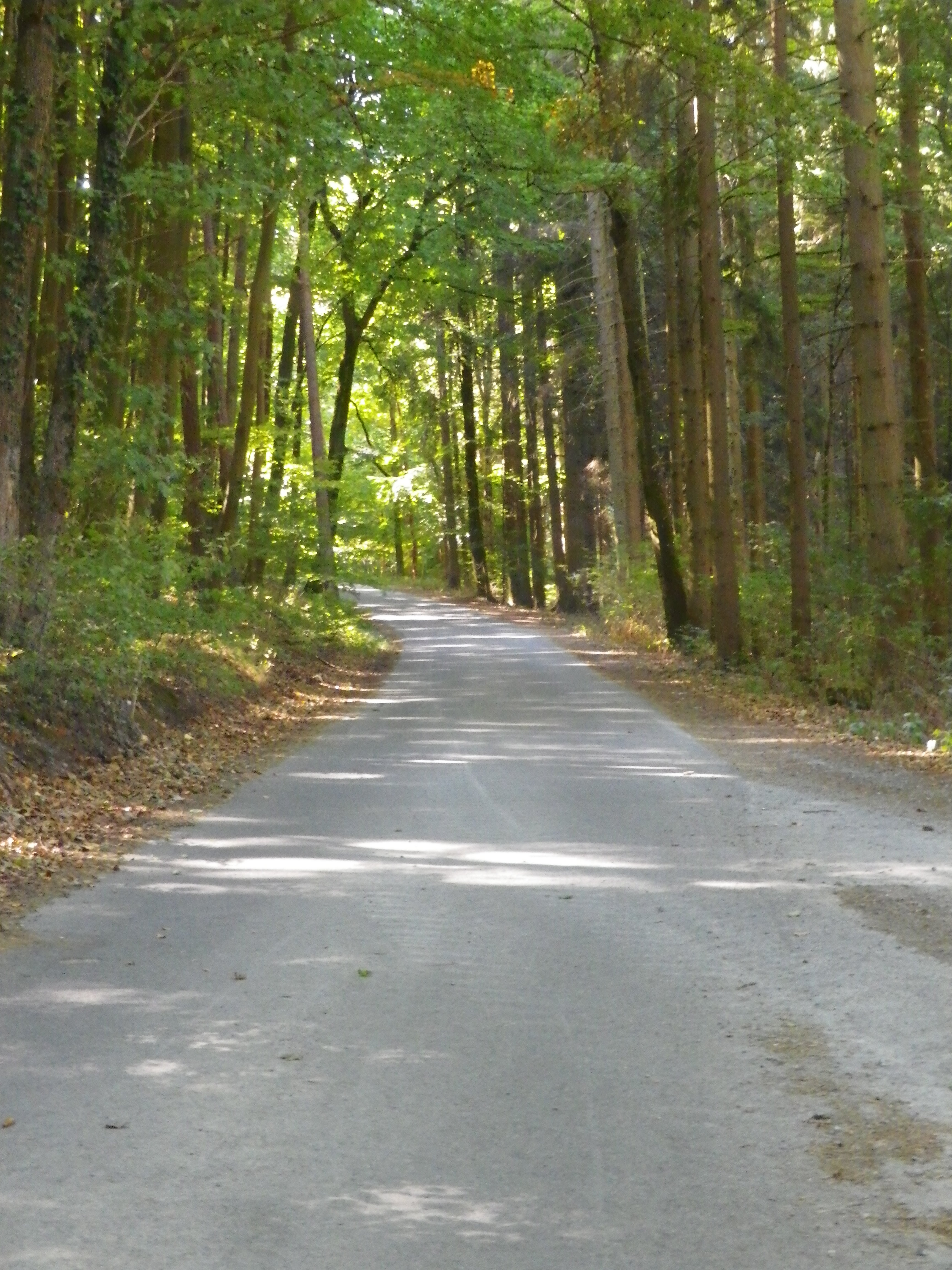
Wine Notes: Franconia’s Mainviereck
What I Learned
Baden and Wuerttemberg, formerly two different principalities, joined in 1952 to become one state in the Federal Republic of Germany. However, the Baden wine region and the Wuerttemberg wine region remain distinct. (There is no such thing as a Baden-Wuerttemberg wine region.) But in the northern-most corner of the old Baden, and west of Wuerzburg in the far western corner of Bavaria, two wine regions, the Franken and the Baden, meet to form a complex mosaic of wine districts and famous growths. The Schoppen Radweg bicycle trail took me through the vineyards of these regions from the Wertheim am Main to Marktheidenfeld, Erlenbach bei Marktheidenfeld and along the Main River to Homburg am Main.
Franconian Terroir:
The Franken region has three zones, the Steigerwald, the Maindreieck (Main Triangle), and the Mainviereck (Main Rectangle). Both the latter two lie along the Main River, but geologically they are very different terroir. Shell limestone soils predominate in the Maindreieck, and results in very different wines from wines grown in the red sandstone of the Mainviereck. The small area around Marktheidenfeld and Homburg am Main lies in between these two Franconian wine districts, and the soils reflect its position between the two. The best vineyards in this district face the Main River as it twists south yet again. The most prized vineyards are the Kallmuth by Homburg am Main, and the Lengfurter Oberrot (The rot (red) referring to the red sandstone of the Mainviereck that begins to appear here along with the shell limestone of the Maindreieck.) This small area produces both red and white wines: Pinot Noir, Pinot Blanc and Silvaner being especially popular here.
Baden Terroir:
The Baden wine district here (one of nine in the Baden wine region) forms part of the Tauberfranken district (even though it is not along the Tauber River here). The vineyards face south, along the small valley of the Aalbach, as it heads toward the Main. The Tauberfranken district produces primarily white wines, with Mueller-Thurgau leading in amount.
What I Tasted
2016 Spaetburgunder, Lengfurter Oberrot, QbA, Trocken, Weinhaus Frank: A dry red wine with medium red plus ruby red color; a nose of vanilla, blackberry and cherry; with oak, vanilla and cherry flavors; medium tannins, with a smooth finish.
2016 Silvaner, Homburger Kallmuth, QbA, Trocken, Weingut Blank: A dry white wine with medium gold color; a fruity and slightly mineral nose, with slight vanilla, nutmeg, and white peach flavors; medium plus acidity with a green apple finish.
2017 Weisser Burgunder, Homburger Kallmuth, Kabinett, Trocken, Weingut Huller: A dry white wine with dark minus yellow gold color; a fruity nose with hints of peach, gooseberry and citrus; with flavors of tangy green apple, and ripe red apple; medium minus acidity.
Schoppenradweg: Trail in a Nutshell
Trail Name: Schoppenradweg
Trail Type: A medium distance cycling circuit; well-maintained and almost exclusively paved, marking on the trail is good.
Length:
Total – 45 kilometers/28 miles
Convenient to: Wertheim, or Wuerzburg, Germany
Marking: Schoppen (wine glass) with bike
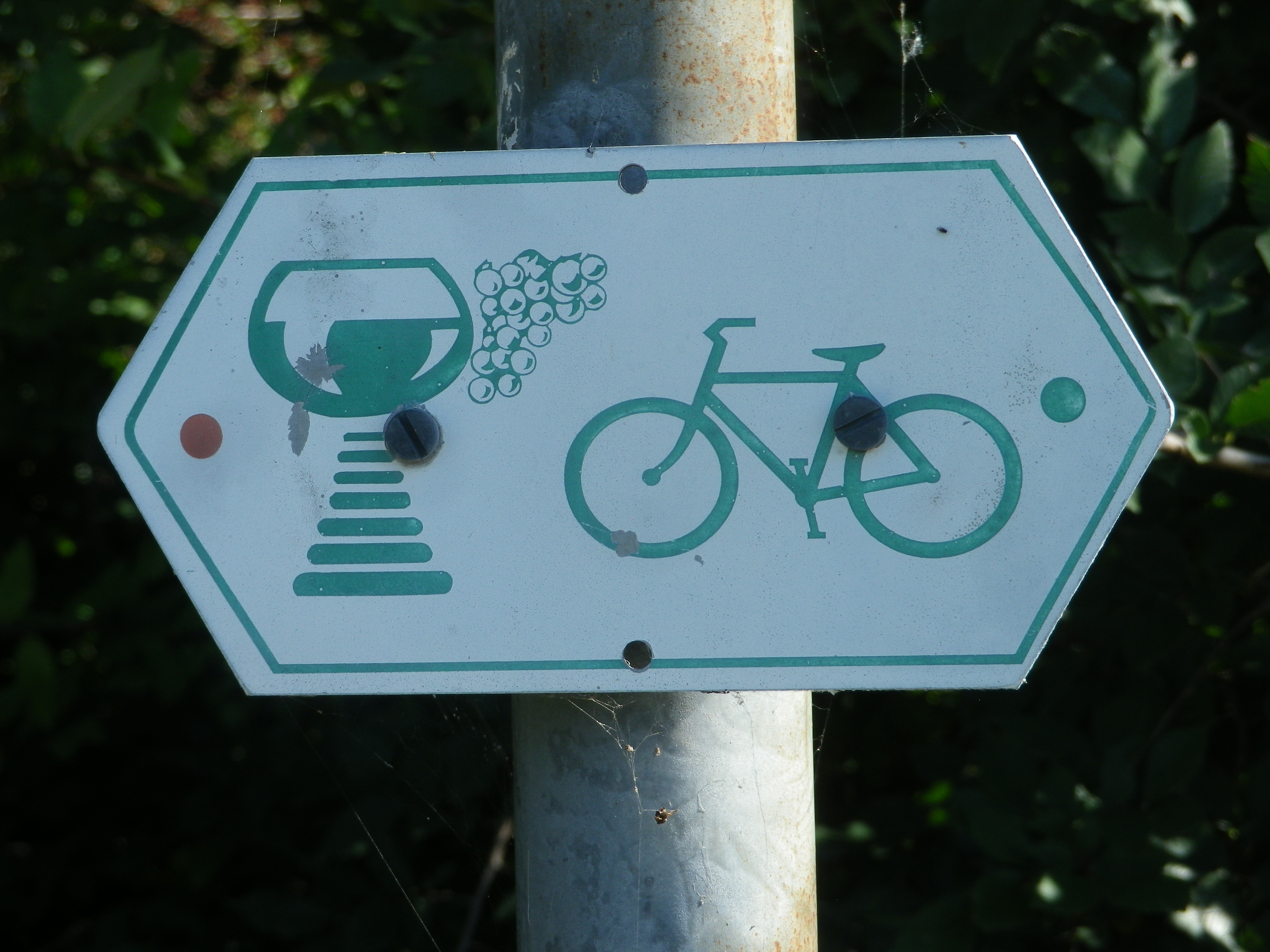
Trail Description: An easy and pleasant circuit through a wide variety of landscapes, with lots of history, views and things to do, on bike paths that are excellently maintained and a pleasure to ride on.
Trailhead:
Official: Erlenbach Bei Marktheidenfeld
Me: Uettingen (B): Helmstadterstrasse-Hauptstrasse
Parking:
Uettingen: Am Graben x Muehlweg, a large paved parking area
Erlenbach Bei Marktheidenfeld: large paved parking lot at Wiesenweg x Hirtenweg, by the Festhalle
Marktheidenfeld: Parkplatz Mainkai, large paved parking lot just before the bridge, off Brueckenstrasse
Lengfurt: Off St2299, by the river, a large free, and paved lot
Public Transportation Options:
Bus: Buses are the only option in this area, run by the VVM (a Main region company). But they are linked with the Deutsche Bahn site for details. See https://int.bahn.de/en
Suggested Stages:
Not Applicable
Trail Itinerary-Reference Points: (Counterclockwise)
Uettingen: Hauptstrasse-Kirchbergstrasse, Birkenfelderweg, fields; Remlingen: Cross Weberleinsweg x Birkenfelderstrasse, to Birkenfelderstrasse, Zehntbergweg; Tiefenthal: Kreuzstrasse, Obere G Strasse, Wasserweg, cross Hauptstrasse to path along creek; Erlenbach: Wiesenweg, Im Bruhl, left at lone farm house to pass under Wuerzburgerstrasse, fields; Marktheidenfeld: Am Weiler, under Dillbergstrasse, along creek path, under Sudring, Lohgraben under B8 to Friedenstrasse, Kreuzbergstrasse, cross B8 to Mitteltorstrasse-Fahrgasse, to Main River trail; pass Mainuferbiergarten, pass Klaeranlage; Lengfurt: Along the river; Homburg: under ST2299, Maintalstrasse, under ST2299, along river: Bettingen: Geiselbrunnweg, Dorfstrasse-Hauptstrasse, Dertingerweg, over A3 on Almosenberg, Hymerring, pass Kletterpark; Dertingen: Sandweg, Albachstrasse/L2310, Al Mandelberg; Wuestenzell: Along the Aalbach; Holzkirchen: Bruckenstrasse, Baltasar Neumannstrasse (P), Klosterstrasse, fields, forests; Uettingen: Untere Muhle-Hollerbuschweg
Representative Trail Photos:
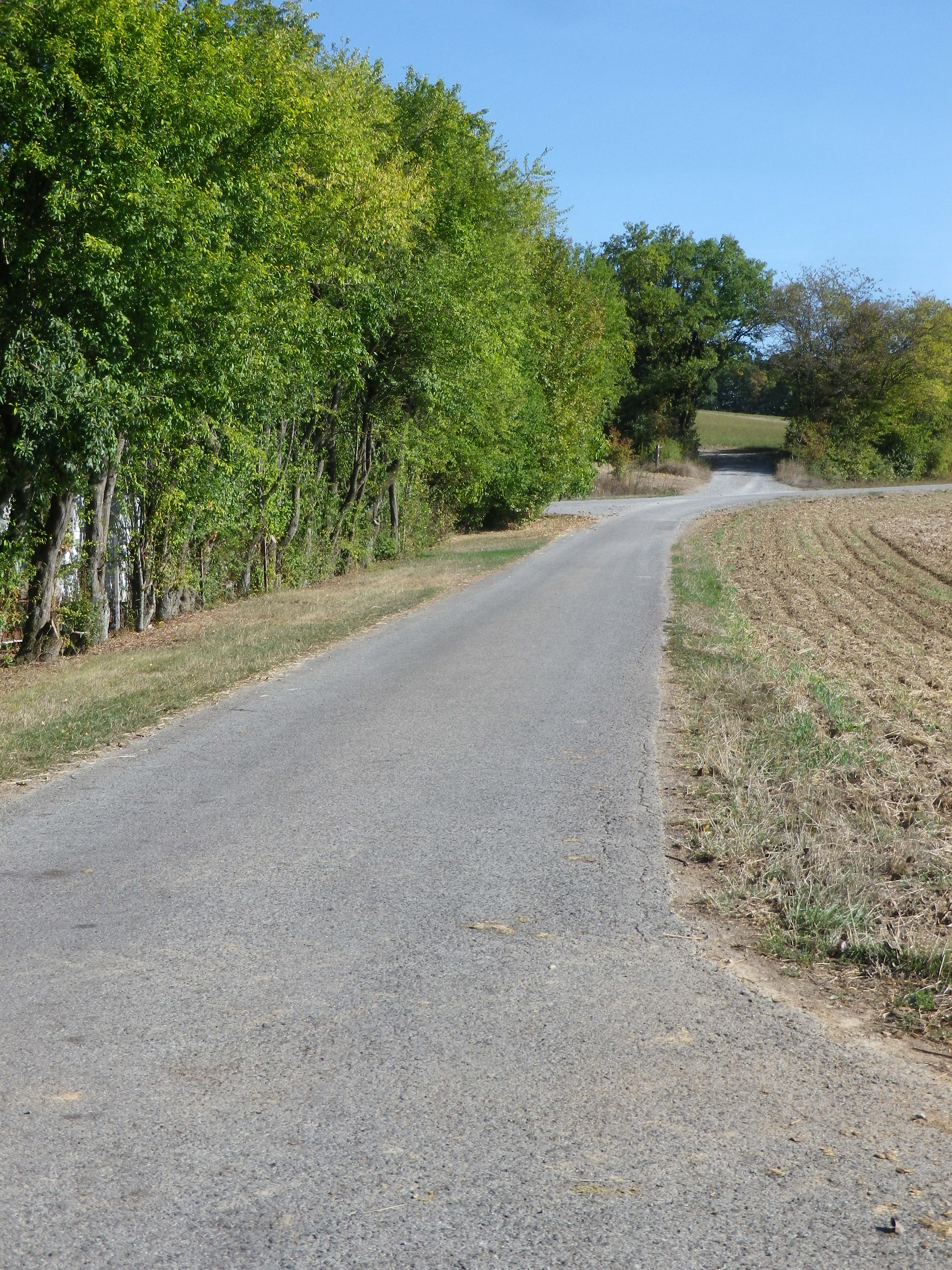
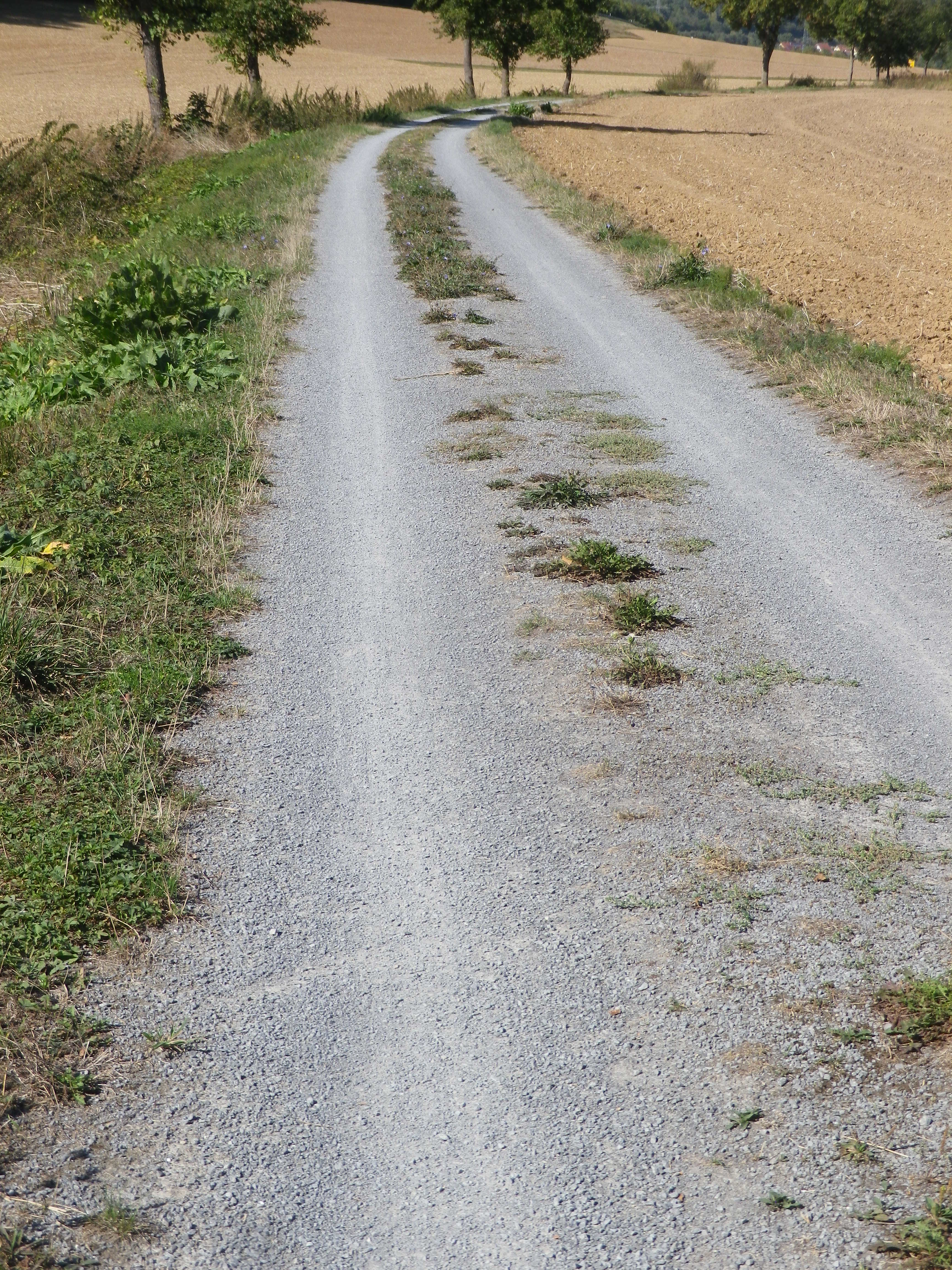
Restrooms:
Marktheidenfeld: Marktplatz, between the Volkshochschule and St Laurentius Church
Lengfurt/Triefenstein: downriver from the parking lot, off Sr2299. Look for a small green corrugated structure
Attractions on or near Trail:
Marktheidenfeld – the Franck-Haus is a fine building constructed in the baroque for a wealthy wine merchant. Recently renovated, the façade, baroque rooms and the old wine cellar are worth a visit. Exhibits rotate in other parts of the building as well.
Homburg – Rebsortengarten, (a grape varietal garden), a collection of vines (with labels) providing a quick reference for grape varietals grown regionally.
Tasting along the Trail:
Marktheidenfeld – Several pubs and restaurants offer local wines.
Lengfurt/Triefenstein and Erlenbach bei Marktheidenfeld both have a couple of wineries and vineyards outside the village.
Homburg am Main is the village with the most choices for wineries or wine shops, and is the site of the famous Kallmuth vineyard along the slopes overlooking the river.
Alternative Options:
Hiking: Homburger Weinwanderweg, a 10 kilometer/6 mile long trail beginning and ending in Homburg, is a fairly easy route through town, vineyards and forest, with river views along much of the way.
Additional Information:
Regional: https://www.main-spessart.de/themen/tourismus-kultur/19.Tourismus–Kultur-im-Landkreis.html
Trail specific: https://www.gemeinde-erlenbach.de/tourismusfreizeit/radwege/
Comments:
One of the biggest wine festivals of this area is the Weinfest Homburg, in Homburg/Triefenstein, every end of July to the first weekend in August, in the old castle courtyard.
From Bettingen to Uettingen, the Schoppen Radweg itinerary is the same as the Romantische Strasse bicycle itinerary. After Uettingen the 498.25 kilometer itinerary continues about another 15 kilometers (a bit less than 10 miles) to Wuerzburg, the northern terminus of the Romantische Strasse, for both cars and bicycles.
Note that both Lengfurt and Homburg am Main are part of the Triefenstein community. Therefore, tourist information about this part of the trail may be found under https://tourismus-triefenstein.de/
